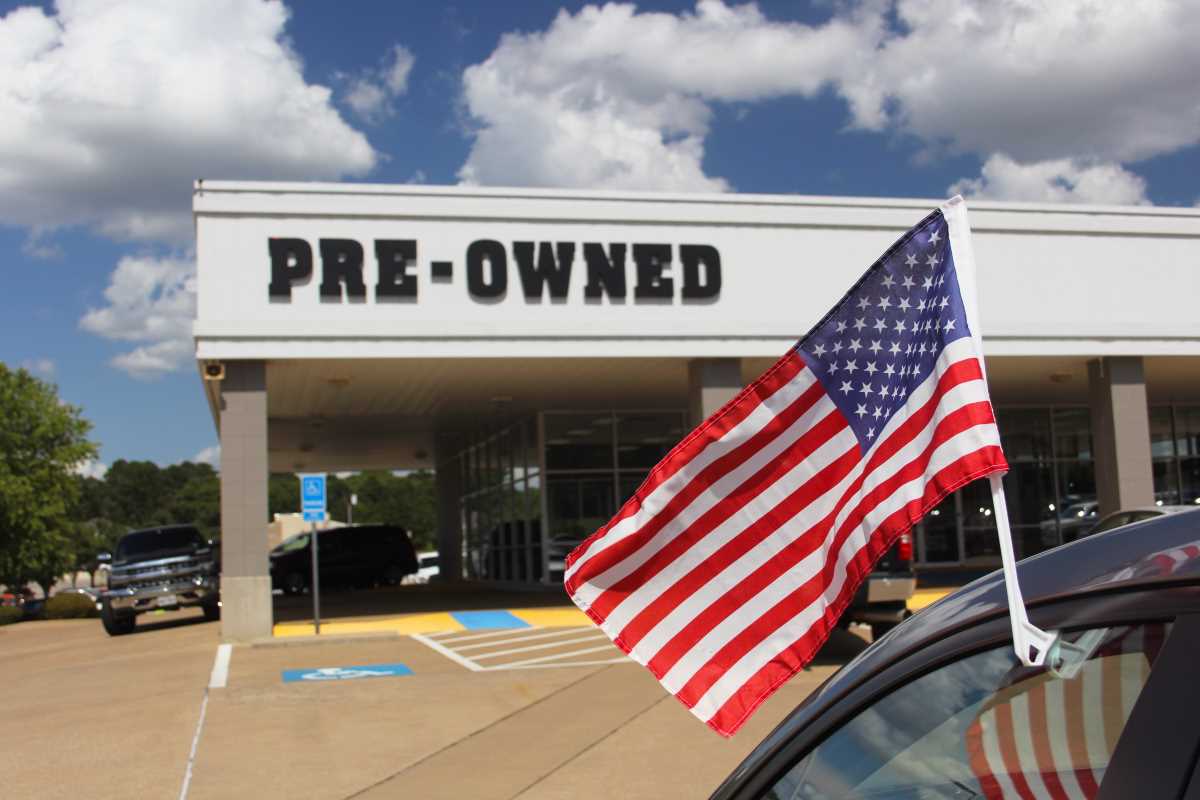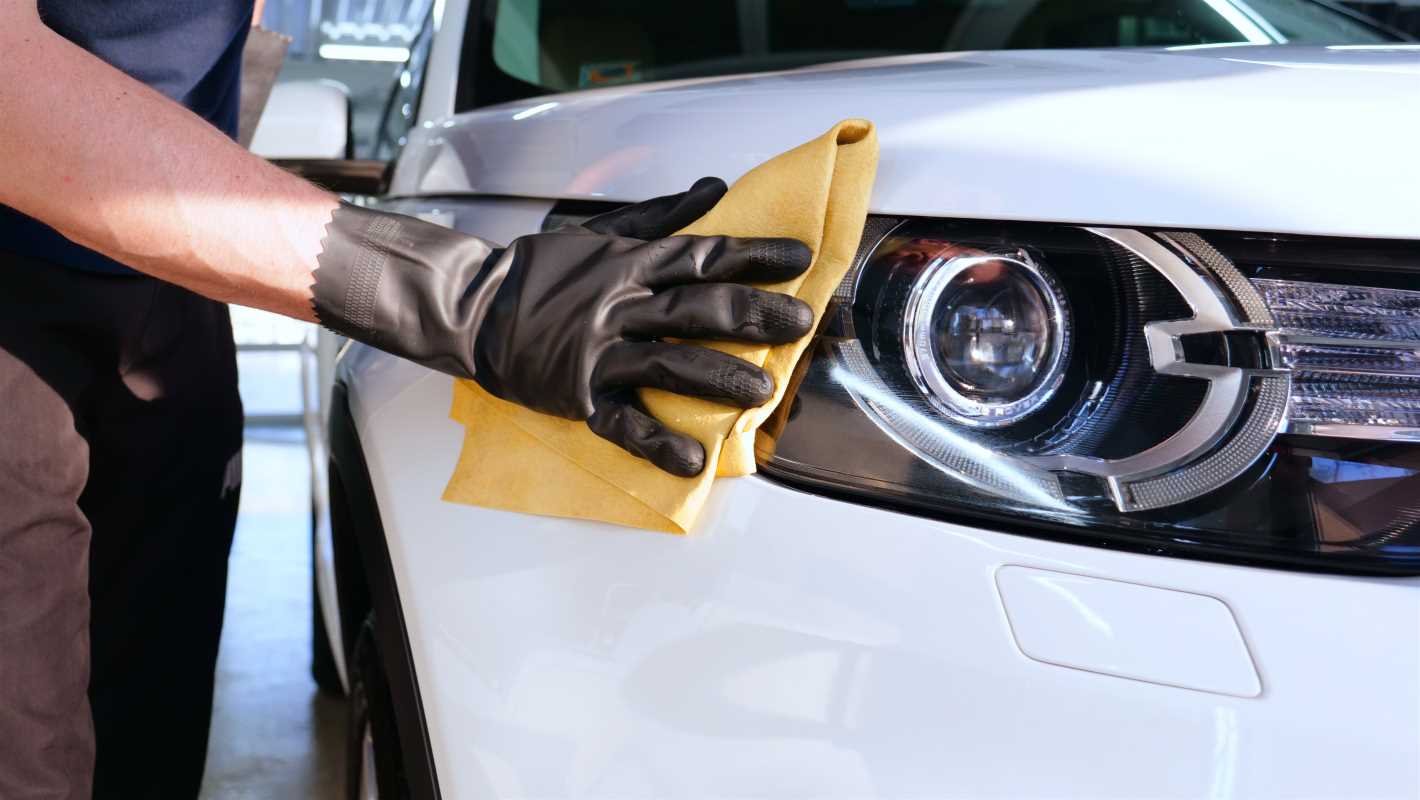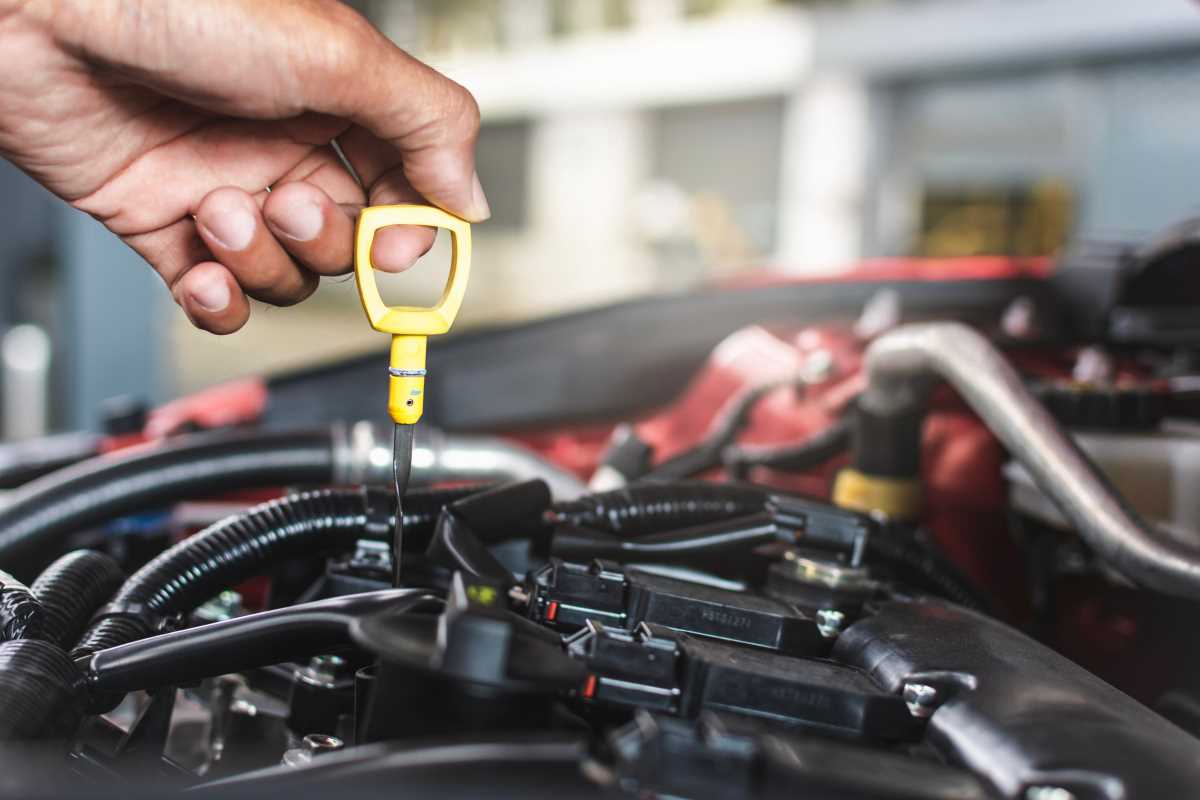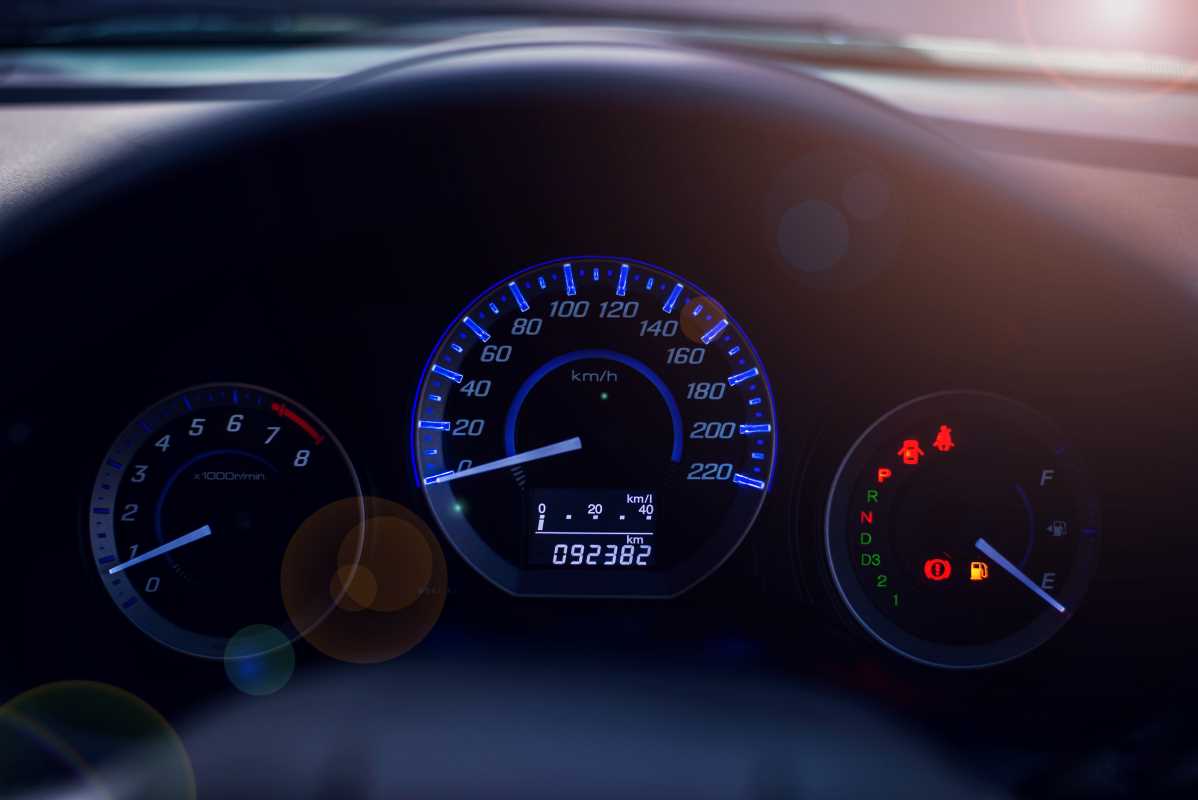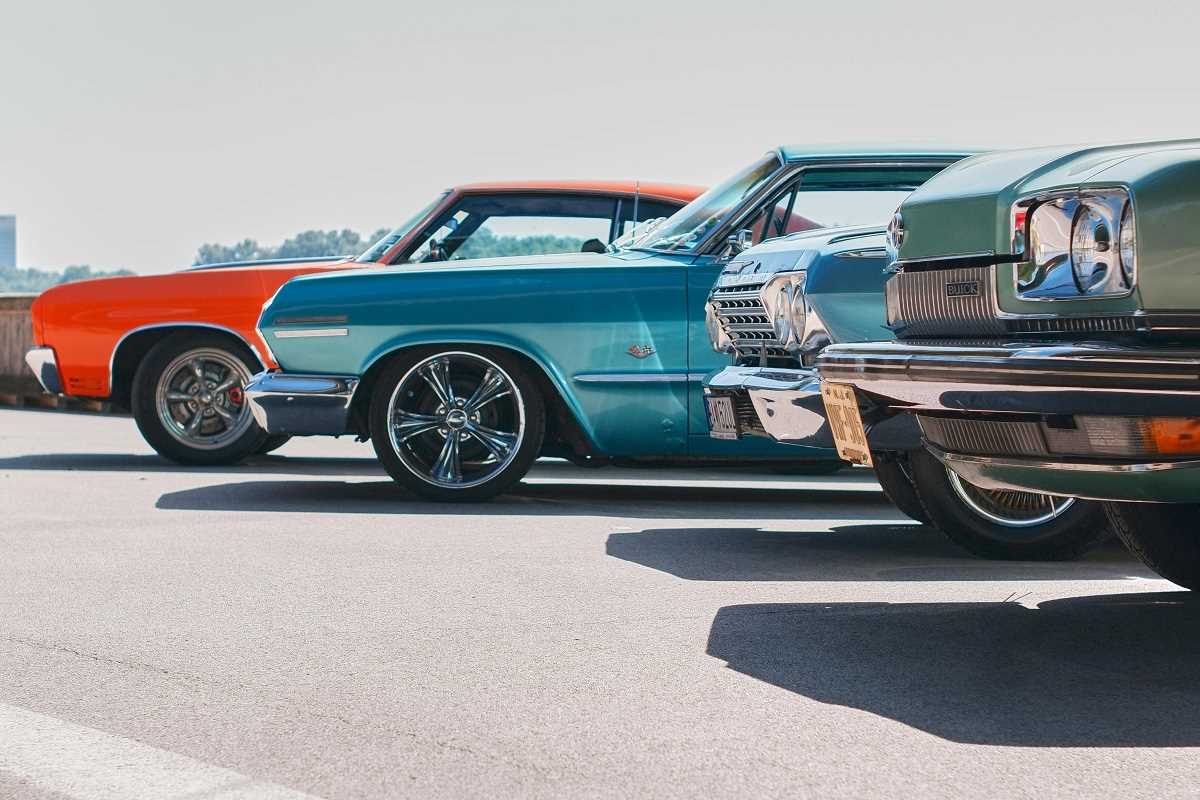If buying a used car sometimes feels like trying to find a needle in a haystack, certified pre-owned (CPO) cars might just be the shortcut you’ve been looking for. These vehicles promise the best of both worlds, combining the affordability of a used car with the reliability and peace of mind usually associated with buying new. But what exactly makes a car certified pre-owned, and more importantly, is it the right choice for you? Whether you’re tired of scouring the internet for deals or simply want a bit more confidence in your purchase, this guide breaks down everything you need to know about buying a certified pre-owned car.
What Does Certified Pre-Owned Mean?
To get started, it’s important to understand what “certified pre-owned” actually means. Unlike standard used cars, which are sold as-is, certified pre-owned vehicles go through a rigorous inspection process and must meet certain manufacturer standards. These cars are typically late-model vehicles with low mileage, making them less risky than traditional used cars.
What sets a CPO car apart is the certification itself. This isn’t just a dealer's sticker slapped on the window to make the car look more appealing. Certification involves a detailed inspection, often covering hundreds of checkpoints, to verify the vehicle’s condition. Inspections typically include the engine, transmission, electrical systems, brakes, interior, and even cosmetic components. If a vehicle passes the inspection, it earns the “certified” label and usually comes with manufacturer-backed perks like extended warranties and roadside assistance.
Why Choose a CPO Vehicle?
For many buyers, certified pre-owned vehicles hit the sweet spot between new and used cars. But what makes them so appealing? First and foremost, peace of mind tops the list. Knowing the vehicle has been thoroughly inspected and certified by the manufacturer provides a level of confidence that’s hard to get with a standard used car.
Another reason drivers lean toward CPO is the warranty. Most certified pre-owned programs include at least a limited warranty, and some even extend the original coverage that comes with the car when it’s new. This means you’re covered for repairs and, in some cases, routine maintenance for a specific period.
CPO cars generally come with additional goodies too, like free roadside assistance, trial subscriptions to satellite radio, and sometimes even return policies. These extras sweeten the deal and make it feel like you’re getting something closer to the perks of a new car.
Finally, CPO cars tend to hold up better in terms of quality. Because of strict requirements, certified vehicles are often in excellent condition with a clear vehicle history. They’ve usually been well-maintained and are free of major accidents, which minimizes the risk of costly surprises down the road.
How Does a Vehicle Qualify for Certification?
Certification isn’t a process that just any car can go through; manufacturers have strict requirements for what qualifies as certified pre-owned. While specific criteria may vary between brands, most CPO programs share a few common characteristics.
To start, mileage is a key factor. CPO vehicles typically must have fewer than 60,000 to 80,000 miles on the odometer, though some manufacturers cap it even lower. Similarly, the vehicle’s age matters. Most certified pre-owned cars are no more than five to six years old, which helps ensure that they have modern features and haven’t been exposed to decades of wear and tear.
After meeting the mileage and age requirements, the car must undergo a multi-point inspection. This is where it gets serious. The inspection often includes anywhere from 100 to 300 checkpoints, covering everything from safety features and mechanical systems to interior details and body condition. Any issues found during the inspection need to be addressed before the car can earn the CPO label.
One thing to note is that not all certified pre-owned programs are created equal. Manufacturer-backed programs often have stricter standards and better benefits than those offered by independent dealerships. For example, a Toyota Certified Used Vehicle will have gone through Toyota’s own inspection process, and any repairs will have been completed using Toyota parts. Be sure to verify whether the certification comes directly from the manufacturer or if it’s a third-party or dealer-backed certification.
Benefits That Come with CPO Cars
When you purchase a certified pre-owned car, you’re not just paying for the vehicle itself; you’re also getting a package of added benefits. One of the most attractive aspects of buying CPO is the warranty coverage. This could include an extension of the car’s original factory warranty or a brand-new limited warranty that covers major repairs. Some manufacturers even offer powertrain warranties that last up to 100,000 miles.
Another common perk is roadside assistance. If you find yourself stranded with a flat tire or an empty gas tank, many CPO programs provide 24/7 help, so you’re never stuck for long. On top of that, some programs include trip interruption coverage, which reimburses you for expenses like lodging and meals if your car breaks down far from home.
Many certified pre-owned cars also come with added bonuses like free maintenance for a certain period or vehicle exchange programs that allow you to return the car if you’re not completely satisfied. These extras may not seem crucial at first glance, but they can add significant value and convenience to your purchase.
How to Shop for the Perfect CPO Car
Now that you know the ins and outs of certified pre-owned vehicles, how do you go about finding the right one for your needs? Start with research. Compare CPO programs from different manufacturers to see which ones offer the best combination of coverage, perks, and price. Brands like Honda, Toyota, and Mazda consistently have strong CPO programs, but luxury brands such as Lexus or BMW might offer even more appealing perks if you’re willing to spend a bit extra.
Once you’ve narrowed down your options, visit dealerships to check out the inventory in person. Ask to see the inspection report for any CPO vehicle you’re considering. A transparent dealer will happily share this information, and it can give you confidence in the vehicle’s condition.
Don’t forget to take the car for a test drive. CPO or not, it’s important to see how the car performs in real-world conditions. Pay attention to how it accelerates, brakes, and handles, and be on the lookout for unusual sounds or anything that feels off.
Finally, weigh the cost of the CPO vehicle against your budget. Certified cars are generally more expensive than non-certified used cars because of the inspections and added benefits. While the higher price is usually worth it for peace of mind, it’s essential to ensure that the extras fit within your financial plan.
Is CPO Right for You?
Certified pre-owned cars are an excellent middle ground for buyers who want a balance of affordability and reliability. But they’re not for everyone. If saving as much money as possible is your top priority, you may find that a traditional used car offers more flexibility with pricing. On the other hand, if you prioritize buying a dependable vehicle with added assurances, investing in a CPO car might be the best choice.
Understanding what certified pre-owned vehicles offer, how they’re certified, and the benefits they provide can help you make an informed decision. By asking the right questions, researching programs, and taking the time to test drive, you’ll have everything you need to find a car that fits your needs and keeps you cruising with confidence.

